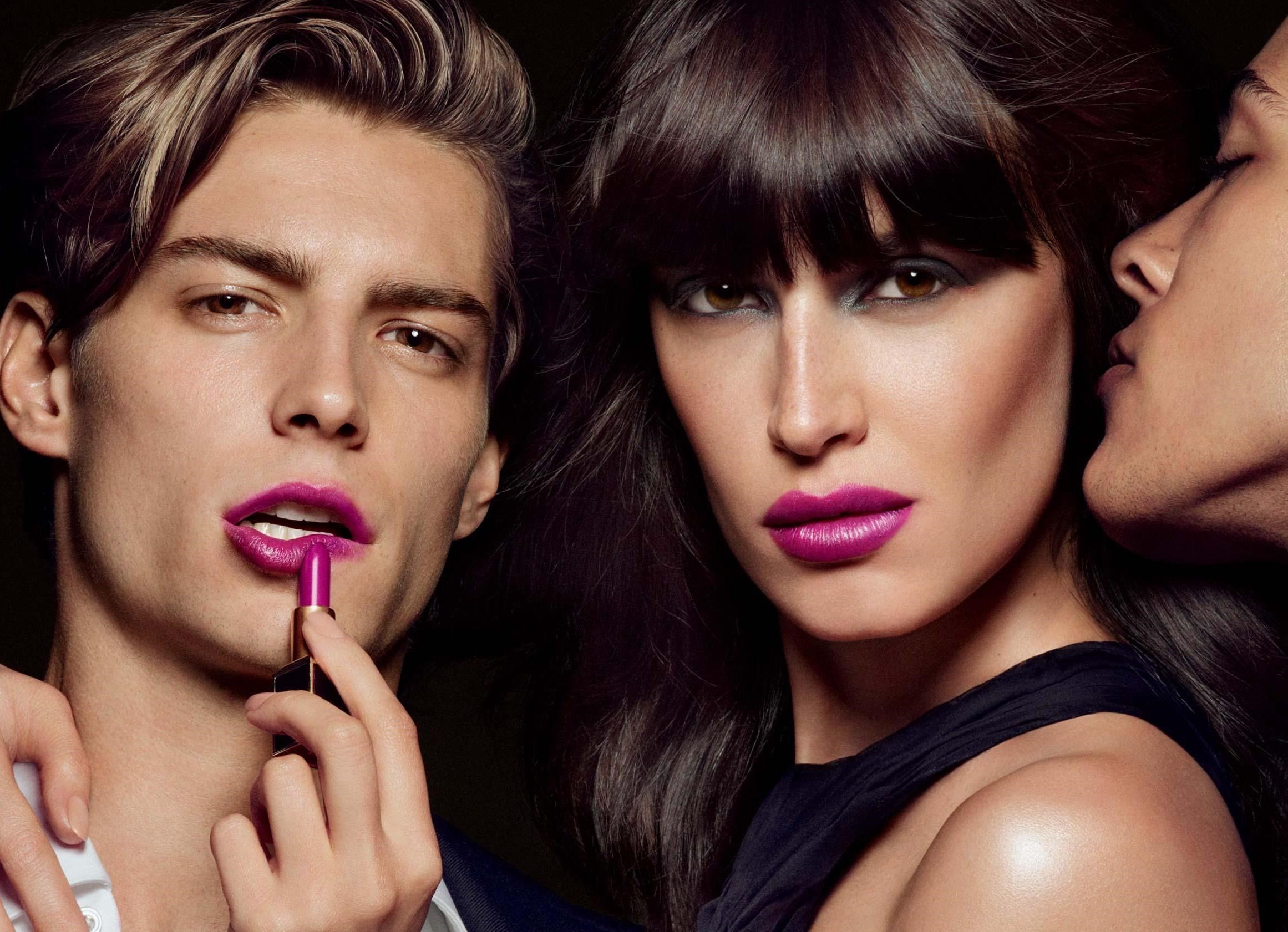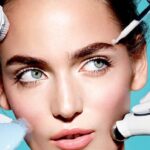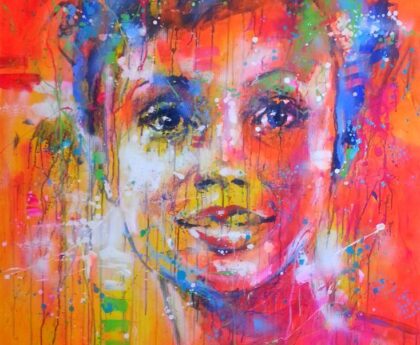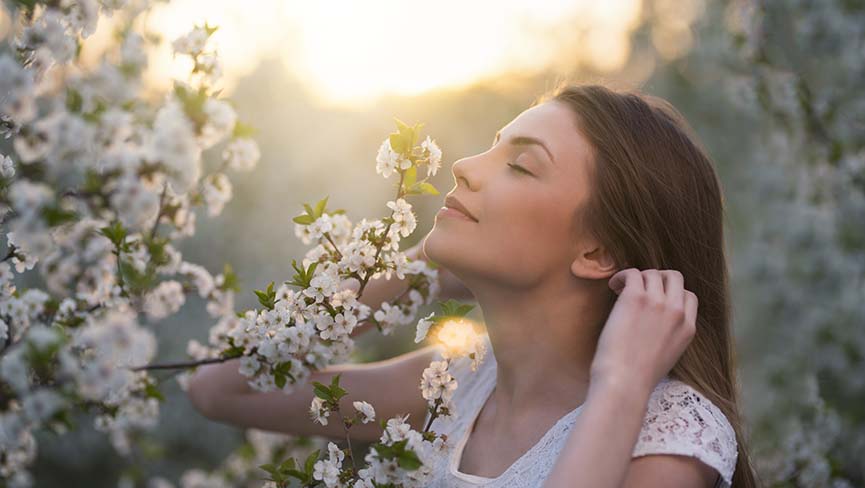Beauty standards have long been a part of our society, and gender plays a significant role in shaping these standards. The societal expectations of what is considered beautiful or attractive are often highly gendered, with specific expectations for men and women. These expectations can have a significant impact on individuals, reinforcing gender stereotypes and contributing to mental health issues. In this article, we will explore the relationship between beauty and gender, the impact of gender stereotypes on beauty, and the importance of breaking down stereotypes and expectations.
Beauty Standards and Gender
Historically, beauty standards have been heavily influenced by cultural and social factors. For instance, during the Renaissance, beauty standards favored curvy and voluptuous figures for women, while men were expected to have muscular and toned bodies. These gendered beauty standards continue to influence modern beauty ideals, with women often expected to have slim bodies, smooth skin, and clear complexions, while men are expected to be tall, muscular, and have chiseled features.
These beauty standards are highly gendered, with specific expectations for men and women. Women are often expected to prioritize their appearance, with a focus on makeup, clothing, and hairstyles. Men, on the other hand, are often expected to be more natural in their appearance and focus on grooming and fitness.
The Impact of Gender Stereotypes on Beauty
The pressure to conform to gendered beauty standards can have a significant impact on individuals, particularly on their mental health and self-esteem. The pressure to meet these standards can contribute to anxiety, depression, and eating disorders, among other issues. These expectations can also reinforce gender stereotypes and contribute to social and cultural inequalities.
Intersectionality plays an essential role in the impact of gender stereotypes on beauty. For instance, women of color often face additional challenges in meeting beauty standards due to the impact of racism and colorism. Additionally, individuals who identify as LGBTQ+ may face additional pressure to conform to gendered beauty standards.
Breaking Down Stereotypes and Expectations
Breaking down gender stereotypes and expectations in the beauty industry is essential for promoting inclusivity and diversity. This can be done by challenging traditional gendered beauty standards and promoting inclusive beauty standards. For example, companies can create gender-neutral products and marketing campaigns, as well as actively promoting diversity in their advertising and hiring practices.
Individuals can also play a role in breaking down stereotypes and expectations by promoting body positivity, challenging gendered beauty standards, and embracing diversity. By using social media platforms to promote inclusive beauty standards and sharing their stories, individuals can help to shift societal expectations and promote inclusivity.
The Role of Media and Representation
The media also plays a crucial role in shaping beauty standards and promoting gender stereotypes. Diverse representation in the media is essential for breaking down stereotypes and promoting inclusivity. By promoting diversity in their casting and storylines, media outlets can help to shift societal expectations and promote inclusivity.
The Power of Education and Conversation
Education and open conversations about beauty and gender can also help to break down stereotypes and promote inclusivity. By educating individuals about the impact of gendered beauty standards and promoting inclusivity, we can work towards breaking down stereotypes and creating a more inclusive society.
Conclusion
Gender stereotypes and beauty standards have a significant impact on individuals and society as a whole. By promoting inclusivity and breaking down stereotypes, we can work towards creating a more diverse and inclusive beauty industry and society. Education, representation in the media, and open conversations about beauty and gender can all play a role in promoting inclusivity and breaking down stereotypes. It is up to all of us to challenge gendered beauty standards and promote a more inclusive future.





